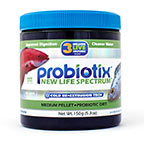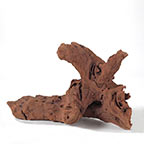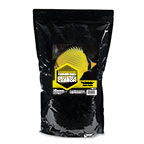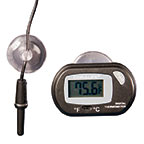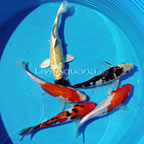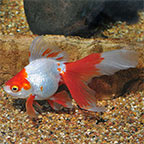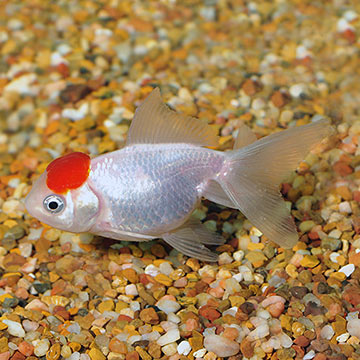
Additional locales and sizes may be available!
Additional locales and sizes may be available! Email me when availableQuick Stats
What do these Quick Stats mean? Click here for more information
What do these Quick Stats mean? Click here for more information
Overview
All goldfish are members of the carp group and are generally quite hardy. The Red Cap Oranda will do well in a tank of 30 gallons of water or more with a fine gravel bottom and hardy, cold water plants, as well as backyard garden ponds of 180 gallons or more. Goldfish are diggers and will scatter the fine sand onto leaves, injuring thin and less hardy plants. Roots and well-rounded river rocks are appreciated.
There appears to be a definite courtship ritual when Goldfish breed. Breeding often results in up to 1,000 eggs, with fry hatching in five to six days. They should be fed small pieces of live or prepared foods designed for egg-laying fish.
Goldfish are omnivorous, and will eat all types of dried and live foods. Limit protein, however, to 30% of the diet. A Goldfish flake or pellet food will provide these fish with the proper nutrition.
Approximate Purchase Size: Small: 1" to 2-1/2"; Medium 2-1/2" to 4" Large 4" to 5-1/2"



